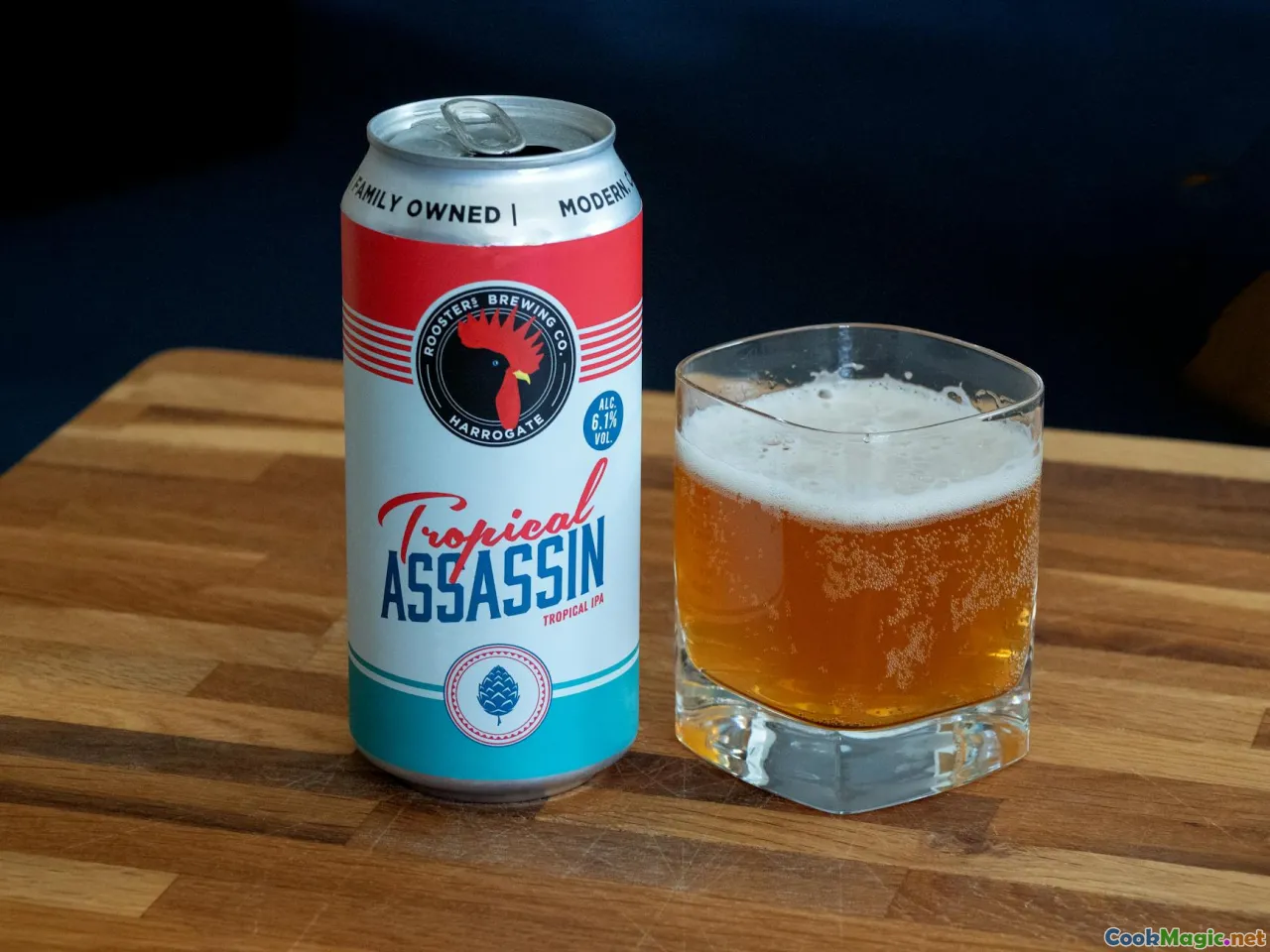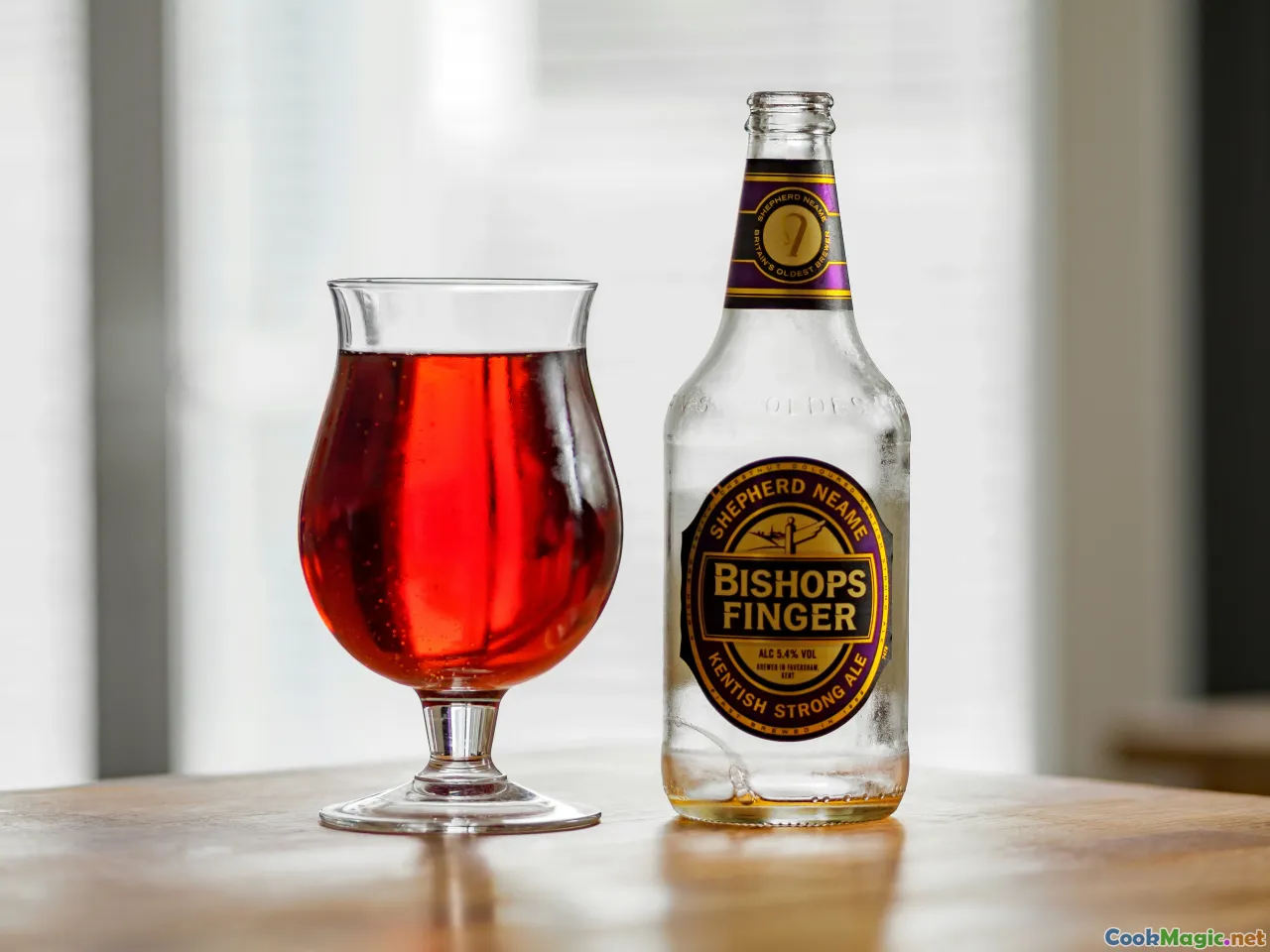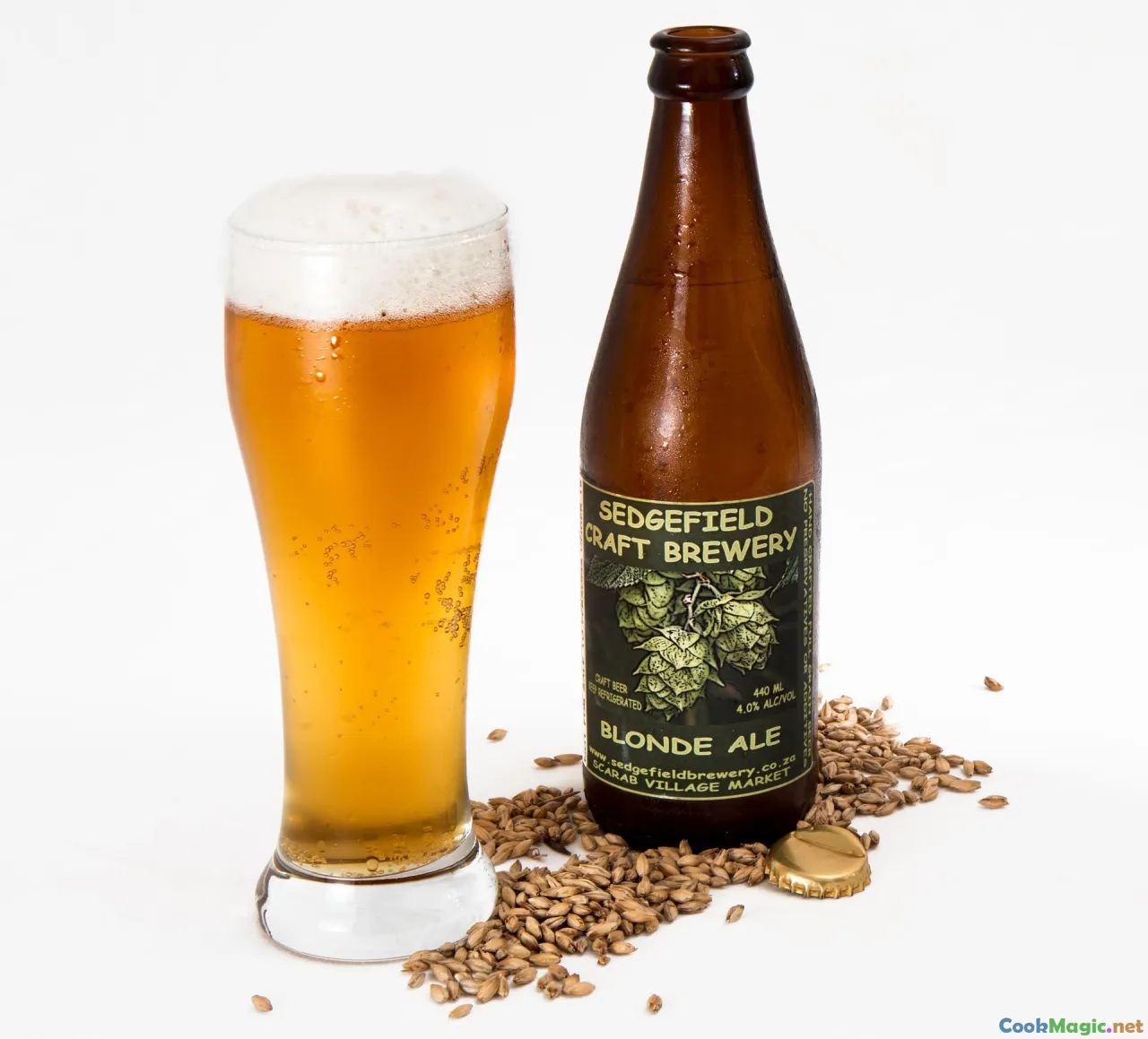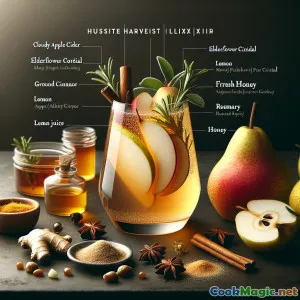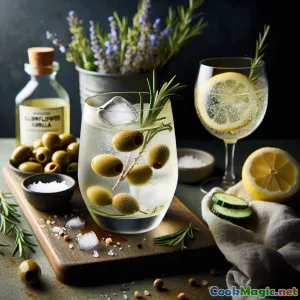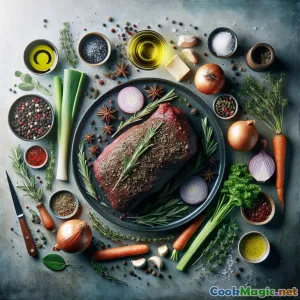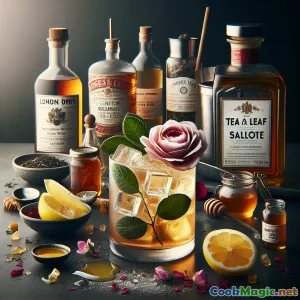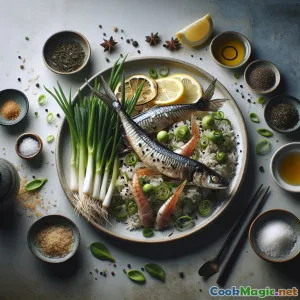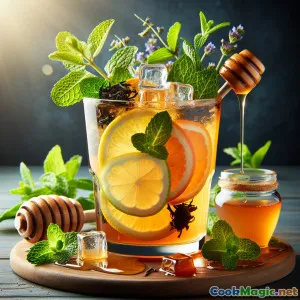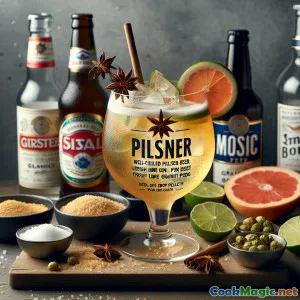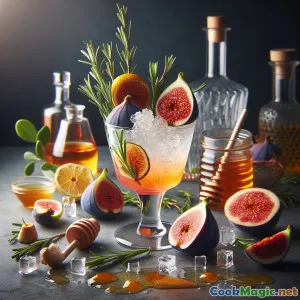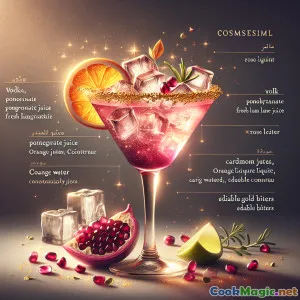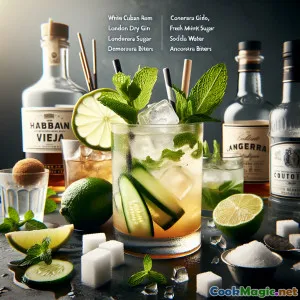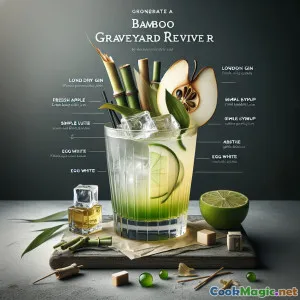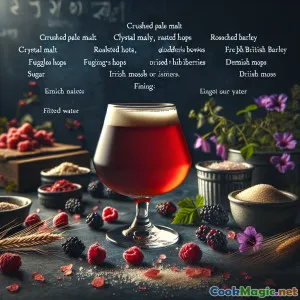
Crimson Abbey: Birra inglese audace con un tocco di bacche
(Crimson Abbey: Bold English Ale Meets Berry Twist)
(0 Recensioni)0
698
luglio 22, 2025
Segnala un problema
Ingredienti
-
1.2 kilograms Malto Chiaro Schiacciato
(Maris Otter preferred for British character)
-
200 grams Malto Crystal
(Adds caramel and deep colour)
-
30 grams orzo Tostato
(For crimson hue and toasty notes)
-
25 grams Luppolo Goldings
(Classic English aroma and mild bitterness)
-
15 grams Fuggles Hops
(Earthy, herbal background)
-
250 grams Misto di bacche britanniche fresche, come more, lamponi e ribes, con sapore dolce-aspra e colori vivaci, perfette per dessert o decorazioni.
(Rinsed and mildly crushed; frozen can be used)
-
60 grams Zucchero Demerara
(Enhances strong ale's ABV and a touch of sweetness)
-
5 grams Fiori di ibisco essiccati
(Electrifies the crimson color and adds floral note)
-
11 grams Lievito di birra inglese
(One packet; Safale S-04 or fresh liquid yeast starter)
-
2 grams Chiarificanti (alga irlandese o simili)
(For clarity; optional in more rustic ales)
-
5 liters Acqua filtrata
(Soft, non-chlorinated)
(Maris Otter preferred for British character)
(Adds caramel and deep colour)
(For crimson hue and toasty notes)
(Classic English aroma and mild bitterness)
(Earthy, herbal background)
(Rinsed and mildly crushed; frozen can be used)
(Enhances strong ale's ABV and a touch of sweetness)
(Electrifies the crimson color and adds floral note)
(One packet; Safale S-04 or fresh liquid yeast starter)
(For clarity; optional in more rustic ales)
(Soft, non-chlorinated)
Nutrizione
- Porzioni: 4
- Dimensione Porzione: 1 pinta (568 ml)
- Calories: 320 kcal
- Carbohydrates: 0 g
- Protein: 3 g
- Fat: 0 g
- Fiber: 1 g
- Sugar: 10 g
- Sodium: 15 mg
- Cholesterol: 0 mg
- Calcium: 35 mg
- Iron: 0.4 mg
Istruzioni
-
1 - Malt Preparation and Mashing:
Heat 3.5L of filtered water to 67°C. Stir in crushed pale, crystal, and roasted malts. Mash for 60 minutes, keeping temperature steady. Stir every 10 minutes.
-
2 - Recirculate and Sparge:
Carefully strain and recirculate wort through the malt bed until clear. Sparge with 1.5L of 75°C water to extract remaining sugars.
-
3 - Boil with Hops & Botanicals:
Bring wort to a rolling boil for 60 min. At 0 min: Add all Goldings and Fuggles hops. With 15 min left, add Demerara sugar and hibiscus if using. Add Irish moss 10 mins before end.
-
4 - Berry Infusion:
With 5 min left in boil, gently add wild berries. Softly mash to distribute juices. Boil lightly to sanitize but preserve aroma. If strong berry aroma is desired, add half the fruit after flame out.
-
5 - Cool and Pitch Yeast:
Chill the wort rapidly to 19–21°C using a wort chiller or ice bath. Transfer to fermenter, straining out solids. Aerate for yeast health. Pitch English ale yeast thoroughly.
-
6 - Fermentation:
Cover loosely with an airlock. Ferment in a dark spot at 19–20°C for 7-10 days until bubbling subsides; strong ales may take extra time to clear.
-
7 - Bottle conditioning:
Siphon beer into sanitized bottles with 5g priming sugar per bottle. Cap and allow to condition 2 weeks for flavor development and carbonation.
Heat 3.5L of filtered water to 67°C. Stir in crushed pale, crystal, and roasted malts. Mash for 60 minutes, keeping temperature steady. Stir every 10 minutes.
Carefully strain and recirculate wort through the malt bed until clear. Sparge with 1.5L of 75°C water to extract remaining sugars.
Bring wort to a rolling boil for 60 min. At 0 min: Add all Goldings and Fuggles hops. With 15 min left, add Demerara sugar and hibiscus if using. Add Irish moss 10 mins before end.
With 5 min left in boil, gently add wild berries. Softly mash to distribute juices. Boil lightly to sanitize but preserve aroma. If strong berry aroma is desired, add half the fruit after flame out.
Chill the wort rapidly to 19–21°C using a wort chiller or ice bath. Transfer to fermenter, straining out solids. Aerate for yeast health. Pitch English ale yeast thoroughly.
Cover loosely with an airlock. Ferment in a dark spot at 19–20°C for 7-10 days until bubbling subsides; strong ales may take extra time to clear.
Siphon beer into sanitized bottles with 5g priming sugar per bottle. Cap and allow to condition 2 weeks for flavor development and carbonation.
Ulteriori informazioni su: Crimson Abbey: Birra inglese audace con un tocco di bacche
Crimson Abbey Strong Ale: A Toast to English Brewing Heritage
Introduction & Unique Aspects
Few drinks capture the majesty of old English abbeys and the splendor of wild, berry-studded meadows like a glass of Crimson Abbey Strong Ale. This original ale recipe—a blend of prestigious malt, choice English hops, and the often wild but friendly touch of British berries—pays delicious homage to centuries-old brewing tradition, with a creative, culinary twist. Tinted a gem-like crimson as though lit by stained-glass sunbeams and crowned by a rich, foamy head, this ale pauses time with every inviting sip.
This drink delights both tongue and imagination—part classic malt-forward strong ale, part festival of hedgerow fruit. Generous on mouthfeel, surprisingly smooth despite elevated ABV, with a profile boasting both biscuity warmth and a tang of berry, tipped off with mellow hops: it's the kind of draught you could picture alongside bread fresh from an English oven.
History & Cultural Significance
England has always been a land of ale. From the ancient monks who brewed in cool, stone-walled abbeys to cheer working villagers, to the craft-focused revolutionaries modernizing pubs across the kingdom, English ale has always had its place at hearth and table. Strong ale—denser and punchier than a midweek mild—has historic roots as a celebratory, hearty beverage brewed at the end of harvests, holidays, and for religious festivals.
Crimson Abbey puts a modern spin on this tradition by coaxing berry hues and subtle vinous notes from wild British fruit; raspberries and blackberries are especially emblematic of country lanes, while hibiscus echo roots in global beer craftsmanship. This infusion would not be unfamiliar to monastic experimenters or present-day small-batch brewers. Imagine a monk at harvest feast, or the bustling vibe of a countryside beer festival: this bright ale would spark conversation in both venues.
Formulation Thoughts and Substitution Tips
Malts: Maris Otter, considered the 'caller of English ales,' ensures a distinct bready backdrop. Crystal malt adds flavourful caramel, while a handful of roasted barley deepens both the color and brings coffee-like complexity. Don't skip this, else your 'crimson' may end up overly light.
Hops: Goldings impart faintly sweet spice, classic to English ale; Fuggles' darker, earthy notes balance things handsomely. If only one’s available, it's best to use just Goldings. Don't over-hop: the berries should sing.
Wild Berries: Use what’s local. In Britain, late summer and autumn bring hedgerows bulging with foragable fruit: brambles, blackcurrants, even a handful of sloes. Frozen out of season berries or currants from patchwork gardens work just as well. Over-mashed fruit clouds the ale, so partial mashing preserves both aroma and clarity.
Demerara sugar is classic for strong English ales—adding subtle depth and helping to round up the gravity for a satisfying alcoholic warmth.
Hibiscus flower can deepen color from crimson into magenta and leaves a faint tartness and floral aroma—delightfully continental! It’s optional but highly recommended for elegance in the final brew.
Water: Always opt for filtered, soft if possible; hard water flattens some flavor. Good beer rests on good water.
Yeast: Safale S-04 is widely loved and forgiving for beginners, making it easier to wrangle your first home-brewed strong ale.
Serving, Storage & Food Pairings
Pour chilled, but not fridge-cold—ideally at 12°C as tradition recommends for showcasing English ales' complexity. Pair it with hearty stews, roast beef, or a thick slab of aged cheddar. Store bottles upright, away from sunlight, and let them mature: flavors develop, clarifying agent settles, and the ale wears its best suit after two weeks (or longer) of conditioning.
Tips & Notes
- The fruit addition must be carefully sanitized; never add unsterilized fresh berries!
- If homebrewing for the first time, consider using a starter kit to avoid common mishaps (like contamination).
- Flavors get better and smoother after 1 month of bottle maturation—patience is a virtue for brewers!
- Strong English ale is meant for convivial, fireside sipping—enjoy it in a nonic pint glass or a goblet for the full experience.
Personal Thoughts
Crimson Abbey Strong Ale embodies what I adore most about English craft: the merging of earthy tradition with creative, homegrown ingenuity. The subtle complexity means no two batches will taste exactly the same, depending on berry variety, the time of fermentation, and sunlight through your windows. It’s a bonafide British twist-and-cheer, best shared with friends on a cool evening, cherishing both new and historical flavors in a single, crimson glass.

